Did Google CEO Sundar Pichai kill Google Glass for non-enterprise users?
That's the obvious first question following news that non-enterprise Glass users will no longer have access to Google's core apps after February 2020.
Just days after Larry Page and Sergey Brin announced that they'll be stepping away from leadership duties at Google and Alphabet, leaving Pichai in charge of all matters, we have learned that the party is effectively over for individual users who spent $1,500 on the device back in 2013 to connect to Google services.
In a software update note, surfaced by Android Police, the company states that it is releasing the "Final software update" for the Glass Explorer Edition.
"After February 25, 2020, this update removes the need and ability to use your Google account on Glass," reads the update note. "It also removes Glass' connection to backend services. This update is available now and should be installed so you can continue using your device without issues. This update applies only to Glass Explorer Edition devices. It does not affect Glass Enterprise Edition devices."
Some of the core features of Google Glass at launch were Google Search, Gmail, and the now defunct Google+, and mirror apps for YouTube and Hangouts were also available during the device's consumer shelf life. There was also a wide array of apps created by developers for the device that allowed users to do things like share videos, create To-Do lists, and even take photos with just a wink.
The device will still be usable via a firmware update (which will make the MyGlass app unavailable), but the end of support for core Google services is the clearest indication that Glass is effectively dead for consumers as far as Google is concerned. That's particularly interesting considering the fact that the company just renewed its efforts toward pushing the device to enterprise users.
Back in 2013, Google co-founder Brin even took the unusual step (for him) of championing the device on stage for a TED talk. But with his exit, it seems much of that enthusiasm for the product (outside of enterprise) may be departing as well.
Sure, enterprise is where the AR money is right now, but sunsetting the consumer-facing Google support seems a bit drastic, especially if you were one of the users who spent $1,500 to help Google test the device for years. Not only was Glass invitation-only back in 2013, but Google even asked early users to write an essay explaining why they should be "allowed to buy" the device.

Now, less than a decade later, their reward for investing early and being called "Glassholes" by many for using the device is an unceremonious end to official support for a device a select group of users and developers focused their passions on. Oh, and there's even a time limit on the update to keep your Glass device usable: the firmware update will only be available until Feb. 25, 2022.
The AR space is constantly evolving, and there's no shortage of smartglasses options for consumers today, but for those early Glass pioneers (or "explorers," as Google called them), this has to feel a bit like a betrayal.
Just updated your iPhone? You'll find new features for Podcasts, News, Books, and TV, as well as important security improvements and fresh wallpapers. Find out what's new and changed on your iPhone with the iOS 17.5 update.
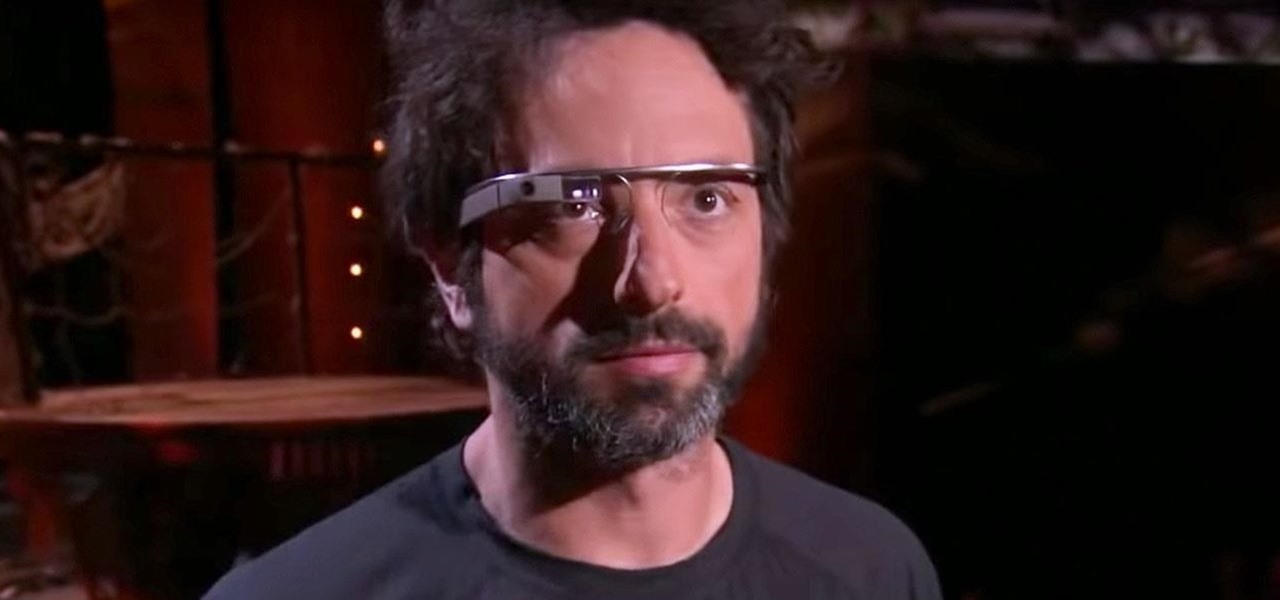



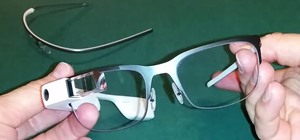
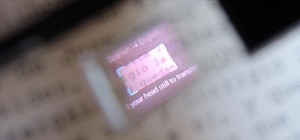
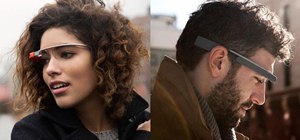


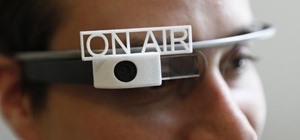
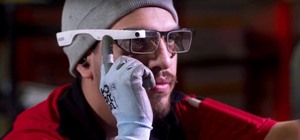
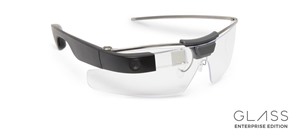
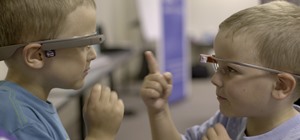
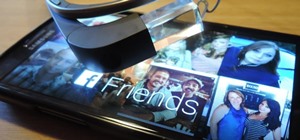
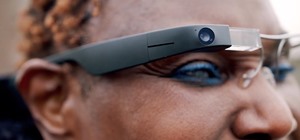



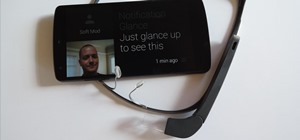


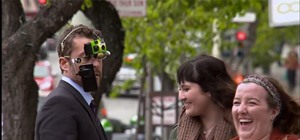


1 Comment
Once again, Google is showing us their true colors and this is yet another reason why I've been doing my best to divest myself of as many google products as possible. It's not always easy, but I've been extremely happy with the Brave browser.
Share Your Thoughts